Few people know that the coat of arms of the Hungarian Kingdom and that of the enlarged Romanian Kingdom (post-WWI) were designed by the same Hungarian heraldist from Transylvania – József Keöpeczi Sebestyén. He was one of the great heraldists of the region, who not only created the symbols of Romania but also drew a coat of arms for Áron Márton, the beloved Hungarian Roman Catholic Bishop of Transylvania.
Sebestyén also decorated several books and plaques and designed booklets, family trees and even diplomas. Attila István Szekeres, a heraldist from the Háromszék region of Szeklerland, associated member of the International Academy of Heraldry, and president of the Transylvanian Heraldic and Vexillological Association told TransylvaniaNOW why this Hungarian artist was appointed by King Ferdinand I of Romania to design the new symbols of his country. He also explained the coat of arms created by Sebestyén and talked about Transylvanian heraldry, his work and the purpose of the Association he leads.
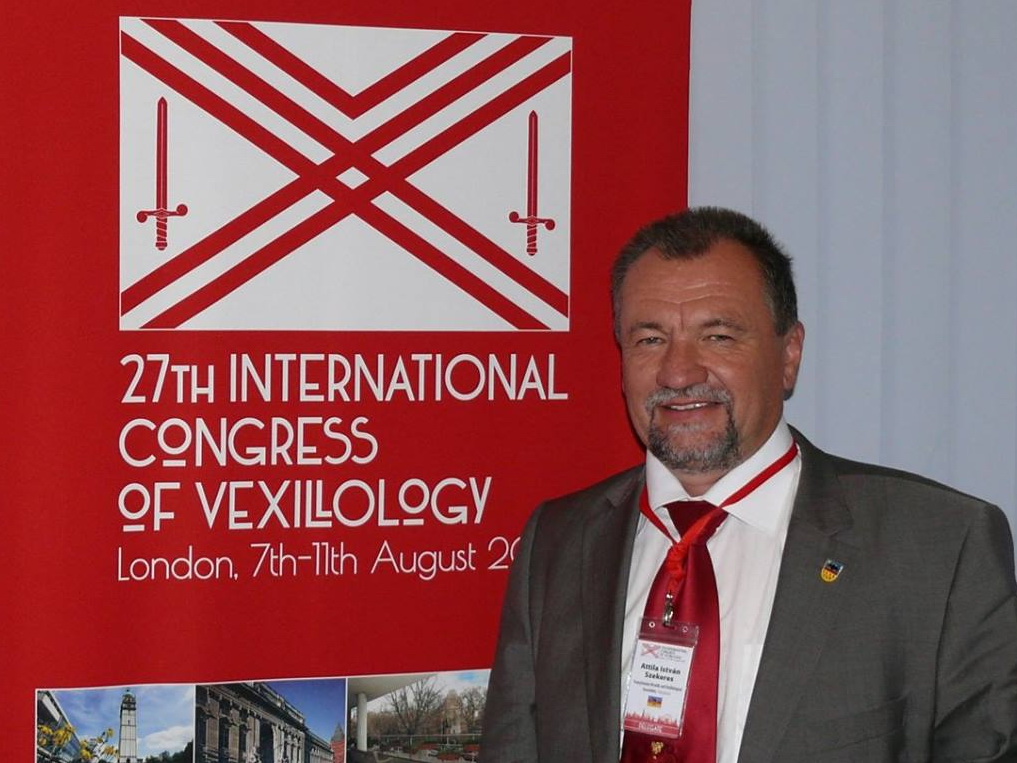
TransylvaniaNOW: Few people know that the coat of arms of the enlarged Romanian Kingdom was designed by a Hungarian heraldist. Why did Romania need a new coat of arms after World War I, and why did they choose a Hungarian master to create it?
Attila István Szekeres: Following the peace treaties ending the First World War, the Romanian Kingdom was enlarged with Transylvania, a part of the Bánság (Banat), the Körösvidék (Crișana), the southern part of the historical Máramaros (Maramureș) region, north Bukovina (Bucovina) and Besszarábia (Basarabia). The kingdom – also known as Greater Romania – wanted to present these changes in its symbols.
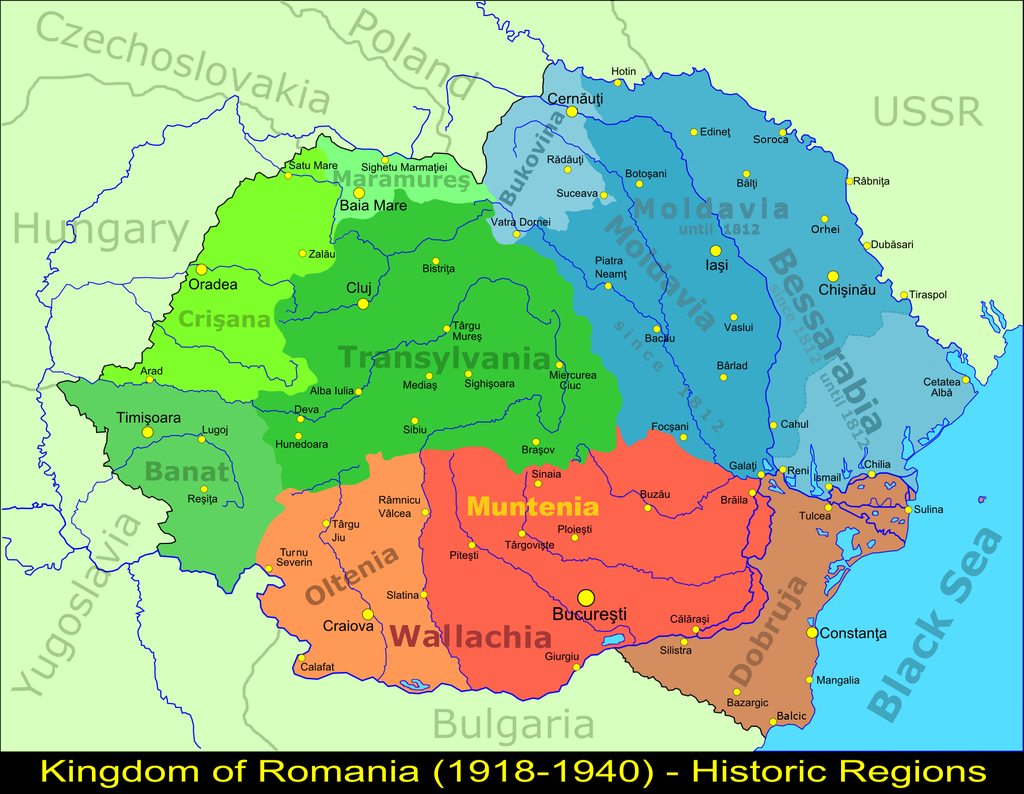
So King Ferdinand I of Romania appointed a Heraldic Committee to draw the new symbol. However, they couldn’t design one, maybe because the members of the committee did not reach a common agreement, or maybe because the ruler didn’t like their plans. So, the committee was reorganized; but still, no solution was obtained. Eventually, on the proposal of the art historian and General Inspector of the National Museum, Alexandru Tzigara-Samurcaş, the king appointed heraldist József Keöpeczi Sebestyén to create a new coat of arms.
TN: Who was József Keöpeczi Sebestyén? For whom did he design coats of arms, and what important works did he do?
A. I. Sz.: József Sebestyén was born on November 12, 1878, in Szék (Sic). His dad, also named József Sebestyén, was the teacher in the village. In 1881, the father was sent to Magyarnemegye (Nimigea de Jos) and later was the principal-teacher in Nagysajó (Șieu). But in the end, he was placed in Beszterce (Bistrița). In 1903, his son worked as a heraldic artist at the family history magazine, Genealógiai Füzetek (Genealogical Booklets) in Kolozsvár (Cluj-Napoca), and soon he became an editor. Later, together with the owner of the paper, Imre Sándor Csíkszentmihályi, he worked as co-editor and co-publisher. In 1911, his posts were terminated, but he continued to work at the review until it was finally shut down in 1914, which prompted him to move to Budapest.
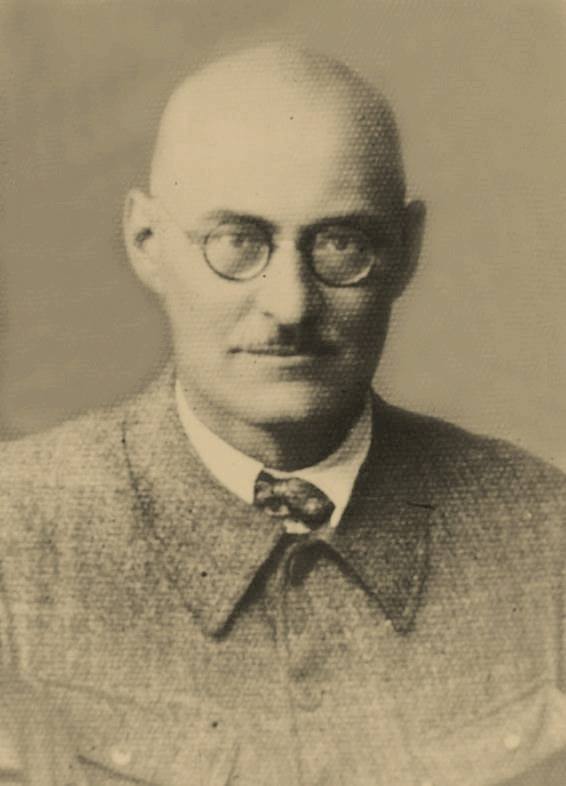
There, he applied for the title of “Commissioned Heraldic Artist of the National Archives,” which was granted to him. In 1915, he was in the right place at the right time: He was chosen to draw the new middle coat of arms and seal for the Hungarian Kingdom. (From the Austrian side, the coat of arms of the Austro-Hungarian Monarchy was created by the Austrian heraldic artist, Hugo Gerard Ströhl.)
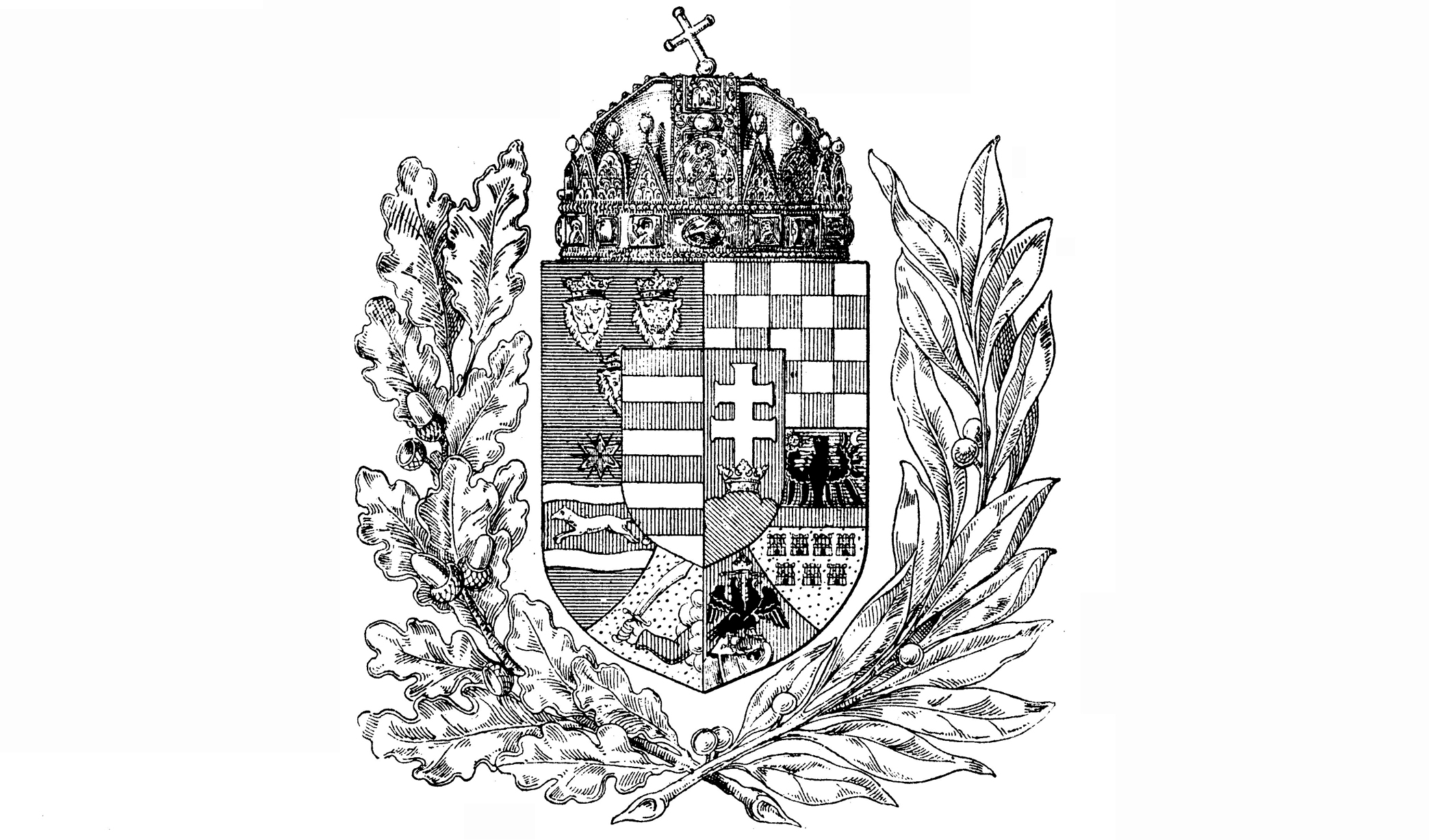
After the First World War, József Sebestyén was held in captivity by the Romanians in Brassó (Brașov). He was released in 1919 and moved to Köpec, a village in Háromszék County, where he started a family. He was again in the right place at the right time: He met in this county Alexandru Tzigara-Samurcaş, the General Inspector of the National Museum. Later, the inspector recommended Sebestyén to the Romanian king to design the new country’s symbols, and in 1921, Sebestyén was asked to create the coat of arms of the enlarged Romania.
He designed several other coats of arms as well. For him, drawing coats of arms was an important source of income beyond a professional obsession and vocation. He was the one who created the coat of arms for Áron Márton, the beloved Hungarian Roman Catholic Bishop of Transylvania. József Keöpeczi Sebestyén illustrated Imre Sándor’s Czímerlevelek (Letter Patterns) a compilation of two volumes, printed in 1910 and 1912, for which he drew 283 coast of arms: 149 for the first and 134 for the second. He also illustrated Imre Sándor’s Kolozsvár czímeres emlékei (Coat of Arms of Kolozsvár) and published 160 drawings in Imre Lukinich’s book about the family of Count Bethlen.
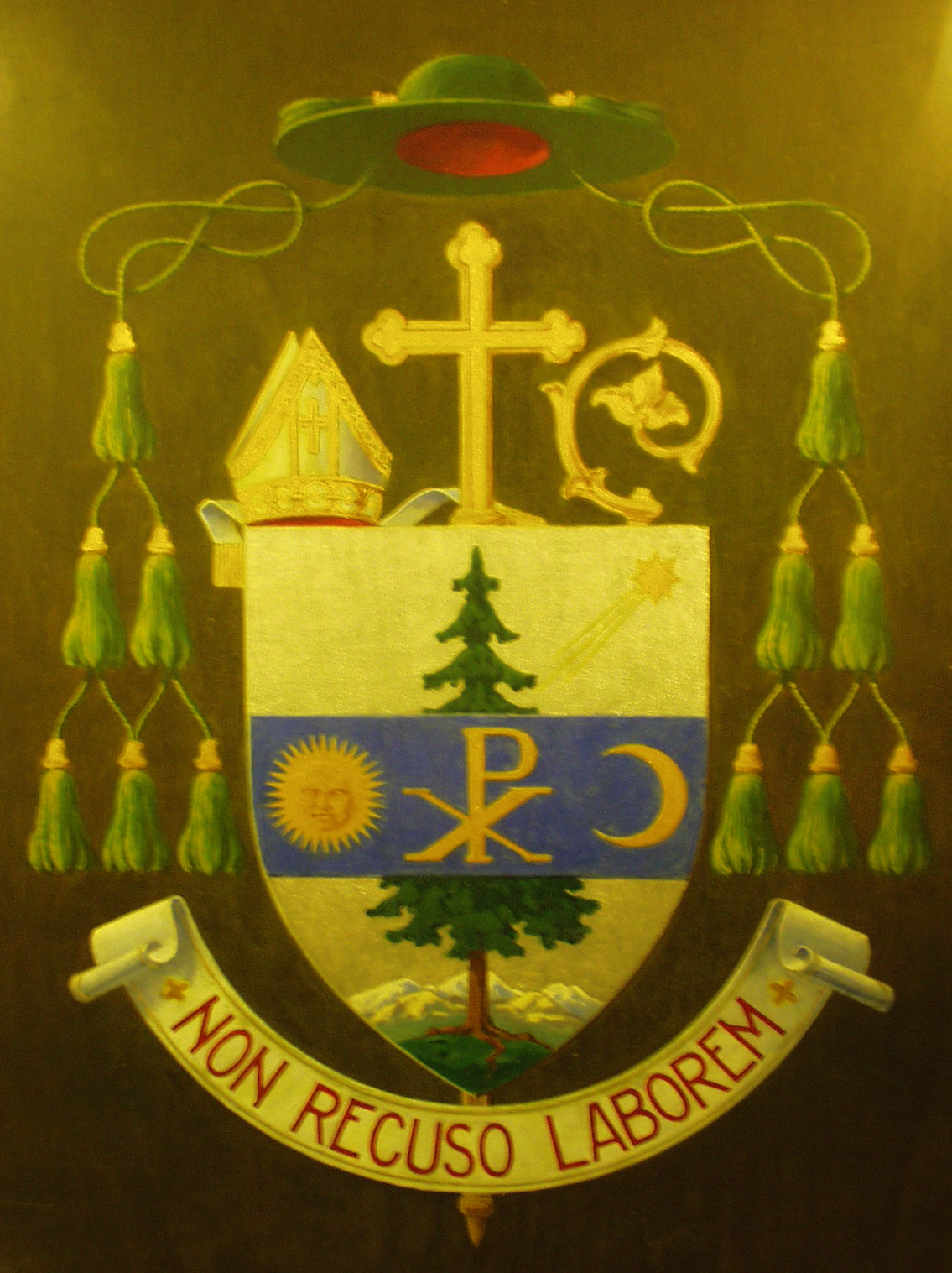
After the Second Vienna Award, he moved back to Kolozsvár/Cluj and started working at the University Library. He published several studies on heraldry, art history and architecture. He drew numerous coats of arms and bookplates, decorated plaques and created family trees decorated with coats of arms. In addition, he made memorial tablets, illustrated with biblical symbols and coats of arms, and planned and drew invitations and diplomas. He excelled in heraldry, in the art and science of coats of arms. His coats of arms and his heraldic drawings are artistic. Given his work, József Keöpeczi Sebestyén is rightly considered the greatest Hungarian heraldic artist.
Title image: Attila István Szekeres at a conference. Photos: Attila István Szekeres